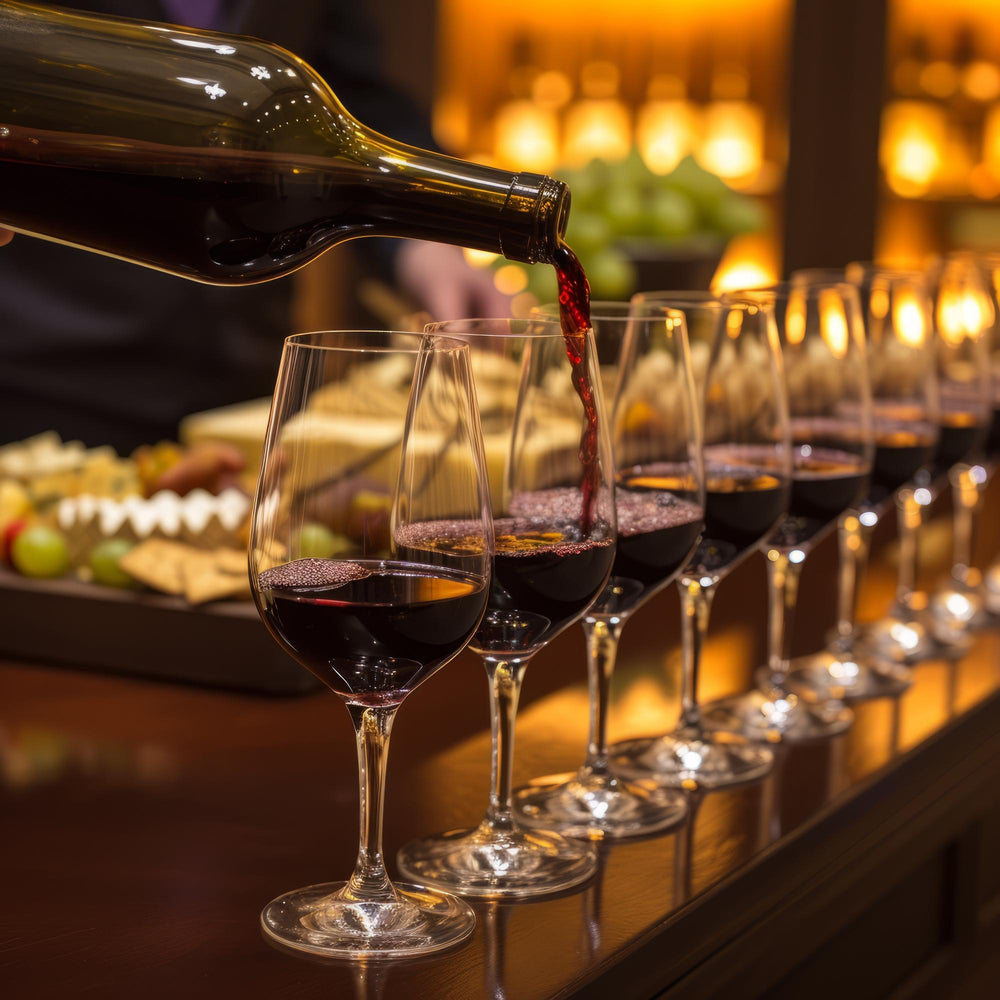Why Keeping Wine at a Stable Temperature is Crucial for Maintaining Quality
Keeping wine at a stable temperature is vital for preserving its quality and ensuring it tastes its best when you’re ready to enjoy it. By maintaining a consistent temperature, using the right storage equipment, and avoiding common storage mistakes, you can protect your wine from premature aging, oxidation, and flavour loss. Whether you store your wine in a specialized refrigerator, a wine cellar, or a carefully chosen spot in your home, understanding the importance of temperature stability will help you get the most out of every bottle. Here’s a simple guide to why temperature stability matters and how you can achieve it.
Wine is a delicate beverage that can be significantly affected by its storage conditions. The chemical composition of wine, including the balance of acids, sugars, and alcohol, is sensitive to environmental factors. Temperature is one of the most critical factors that can influence how wine ages and tastes.
What Happens When Wine is Stored at the Wrong Temperature?
- High Temperatures:
- Premature Aging: Storing wine at high temperatures (above 70°F or 21°C) can cause it to age too quickly. This rapid aging can lead to a loss of flavour and aroma, making the wine taste flat and dull.
- Spoilage: Heat can cause wine to spoil by encouraging the growth of unwanted bacteria and yeast. This can result in off-flavours and an unpleasant smell.
- Oxidation: High temperatures can expand the wine, pushing the cork out slightly and allowing air to seep in. This exposure to air can oxidize the wine, leading to a stale taste.
- Low Temperatures:
- Delayed Aging: While cooler temperatures (below 45°F or 7°C) can slow down the aging process, extremely cold conditions can also damage the wine. The wine can freeze, expanding and potentially pushing the cork out, which leads to oxidation once the wine thaws.
- Flavour Loss: Very cold storage can also mute the flavours and aromas of the wine, preventing it from developing its full bouquet.
- Temperature Fluctuations:
- Chemical Instability: Frequent changes in temperature can cause the wine to expand and contract, leading to chemical instability. This can impact the balance of the wine, altering its taste and aroma.
- Cork Integrity: Repeated expansion and contraction can compromise the integrity of the cork, increasing the risk of oxidation.
The ideal temperature for storing wine is ideally between 10°C to 15°C. This range allows the wine to age gracefully and develop its flavours over time.
Here are some tips for storing your wine at home:
- Use a Wine Refrigerator:
- Specialized Equipment: Wine refrigerators are designed to maintain a consistent temperature, making them an excellent investment for serious wine enthusiasts.
- Temperature Control: These units allow you to set and monitor the temperature precisely, ensuring your wine remains at its best.
- Avoid Common Storage Mistakes:
- Store rooms or yards: These areas tend to have fluctuating temperatures and are not ideal for wine storage. Avoid storing wine in places with significant temperature changes.
- Direct Sunlight: Light, particularly UV rays, can degrade the wine and alter its flavor. Store wine in a dark place or use UV-protective glass if your storage area is exposed to light.
- Monitor Humidity:
- Proper Humidity: Keeping humidity levels between 60-70% helps maintain the integrity of the cork, preventing it from drying out and shrinking, which can allow air to enter the bottle.
- Keep Wine Horizontal:
- Cork Moisture: Storing wine bottles on their sides keeps the wine in contact with the cork, preventing it from drying out and shrinking, which helps maintain an airtight seal.
Take good care of your wines, and your wines will take good care of you too.





